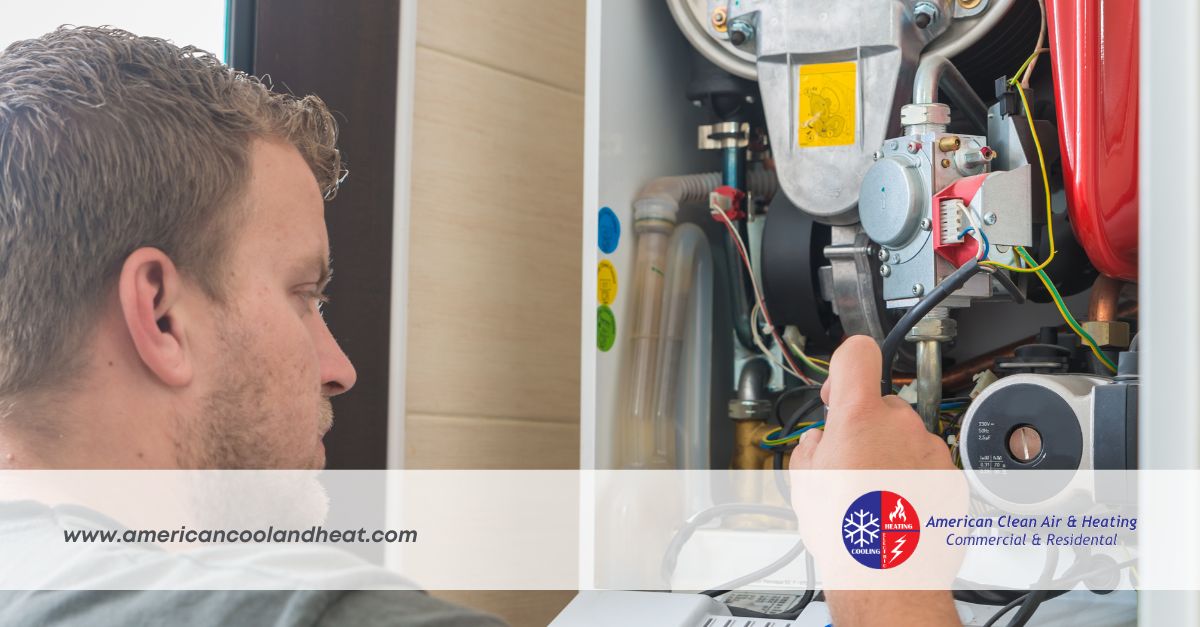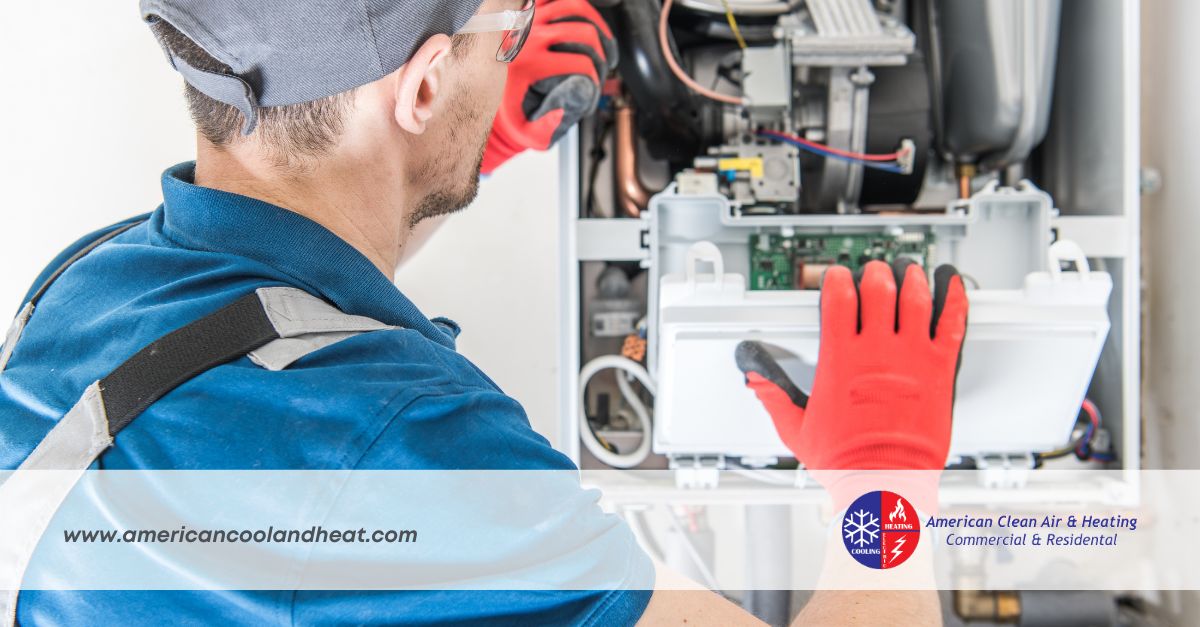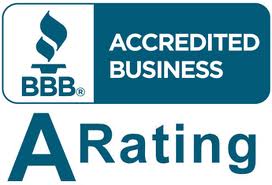Why LA Furnaces Fail in Fall — And How to Avoid a Cold Surprise
Fall in Los Angeles might not bring the harsh winters of the East Coast, but those chilly nights and unexpectedly cool mornings can catch you off guard. Nothing’s worse than reaching for your thermostat on the first cold day of the season, only to discover your furnace won’t start. The good news? Furnace repair in Los Angeles can help you avoid those uncomfortable surprises and keep your home warm all season.

Here’s the reality: most furnace failures happen during the first use after months of summer inactivity. While your heating system sat dormant through LA’s warm months, dust accumulated, filters clogged, and components settled into disuse. When you finally fire it up, you’re rolling the dice on whether everything will work as expected.
The good news? Most fall furnace failures are entirely preventable with the right preparation or furnace repair in Los Angeles before those chilly nights hit. Understanding why these breakdowns happen and taking proactive steps can save you from emergency repair calls when the temperature drops.
Why Furnaces Fail After Summer Dormancy
Your furnace experiences significant stress during its first startup after months of inactivity. Several factors contribute to these seasonal failures, and recognizing them helps you understand why preventive maintenance matters.
Dust and Debris Accumulation
During the summer months, dust settles throughout your furnace system. This accumulation affects multiple components:
- Heat exchangers become coated with dust, reducing efficiency and potentially causing overheating
- Blower motors struggle with debris buildup on fan blades and housing
- Electrical connections can become corroded or loose under dust layers
- Ductwork collects months of accumulated particles that get blown throughout your home
When your system finally starts up, this dust can cause immediate problems or create long-term damage that leads to future failures.
Clogged Air Filters
Air filters work year-round, even when your furnace isn’t actively heating. During summer, they continue collecting dust, pet dander, and other particles from air circulation. A severely clogged filter creates multiple problems:
- Restricted airflow forces your blower motor to work harder
- Poor air circulation can cause overheating
- Reduced efficiency means higher energy bills
- System strain can lead to premature component failure
Many homeowners forget about filter changes during the “off-season,” making fall startup particularly risky.
Ignition System Issues
Modern furnaces use electronic ignition systems that can develop problems during extended periods of non-use:
- Hot surface igniters can crack or become contaminated
- Gas valve components may stick or fail to operate properly
- Flame sensors can become dirty, preventing proper flame detection
- Control boards may develop issues after months without operation
These ignition problems often result in complete system failure, leaving you without heat when you need it most.
Thermostat Malfunctions
Your thermostat continues operating during summer, but the heating components may develop issues:
- Battery levels in programmable thermostats can drop
- Wiring connections may loosen over time
- Calibration can drift, causing temperature inconsistencies
- Smart thermostats may need software updates or reconnection to WiFi networks
Common Fall Furnace Problems in LA
Los Angeles homeowners face specific challenges due to the region’s unique climate and environmental factors.
Pilot Light and Ignition Failures
Older furnaces with pilot lights often experience problems after summer dormancy. The pilot light may have gone out during the off-season, or the thermocouple may have failed. Modern furnaces with electronic ignition can suffer from dirty flame sensors or failed hot surface igniters.
Blower Motor Problems
The blower motor runs during summer for air conditioning, but heating mode requires different performance levels. Motors that seemed fine during cooling season may struggle with heating demands, especially if dust buildup affects operation.
Heat Exchanger Issues
Heat exchangers expand and contract with temperature changes. After months of minimal use, cracks or damage may become apparent during the first heating cycle. This creates both efficiency and safety concerns.
Ductwork Problems
LA’s dry climate and occasional Santa Ana winds can cause debris to accumulate in ductwork. Additionally, duct connections may have loosened, creating air leaks that reduce system efficiency.
The Cost of Emergency Repairs vs. Prevention
Emergency furnace repair in Los Angeles during peak season can be significantly more expensive than preventive maintenance. Here’s why proactive care makes financial sense:
Emergency Service Costs:
- Premium rates for urgent service calls
- Limited technician availability during high-demand periods
- Potential for more extensive damage requiring major repairs
- Inconvenience of being without heat during cold snaps
Preventive Maintenance Benefits:
- Scheduled service at regular rates
- Early detection of minor issues before they become major problems
- Extended equipment lifespan through proper care
- Improved energy efficiency reducing monthly utility bills
American Clean Air and Heating provides expert furnace repair services throughout the region, helping homeowners and businesses restore warmth and comfort without delay. However, our experience shows that most emergency calls during fall could have been prevented with proper pre-season maintenance.
Essential Fall Furnace Maintenance Steps
Taking these proactive steps before you need heat can prevent most common furnace failures:
Professional Inspection and Tune-Up
Schedule a comprehensive furnace inspection that includes:
- Complete system cleaning and debris removal
- Ignition system testing and calibration
- Heat exchanger inspection for cracks or damage
- Blower motor lubrication and belt inspection
- Thermostat calibration and battery replacement
- Safety control testing
Filter Replacement
Install a fresh, high-quality filter before the heating season begins. Consider upgrading to a better filtration level if your system can handle it, especially if anyone in your household has allergies or respiratory issues.
Ductwork Inspection
Have your ductwork inspected for:
- Loose connections or damaged sections
- Debris accumulation requiring cleaning
- Proper insulation to maintain efficiency
- Adequate airflow throughout your home
Thermostat Maintenance
Update your thermostat settings for heating season:
- Replace batteries in programmable units
- Update software on smart thermostats
- Verify WiFi connectivity for remote-controlled systems
- Test heating mode operation before you need it
When to Schedule Your Fall Furnace Checkup
Timing your furnace maintenance correctly ensures you’re prepared before the first cold snap arrives. In Los Angeles, the optimal window for pre-season maintenance falls between late September and early November.
Early October represents the sweet spot for most homeowners. Temperatures are still comfortable, so you won’t be rushing to get heat working immediately. Service providers also have better availability before peak season demand hits.
Don’t wait until the first cold night to discover problems. Weather patterns can shift quickly, and you don’t want to be caught without heat when temperatures drop unexpectedly.

Beat the Rush: Schedule Your Maintenance Now
The smartest Los Angeles homeowners schedule their fall furnace maintenance before they need it. This proactive approach offers several advantages:
- Better scheduling flexibility when service providers aren’t overwhelmed with emergency calls
- Lower service costs compared to emergency repair rates
- Peace of mind knowing your system is ready for whatever weather comes
- Extended equipment life through proper preventive care
Book your fall furnace checkup now and beat the rush. Don’t let a preventable furnace failure leave you cold when LA’s temperatures drop. Your future self will thank you when your heating system starts reliably on the first cold day of the season.
Regular maintenance isn’t just about preventing breakdowns—it’s about ensuring your family’s comfort and avoiding the stress and expense of emergency repairs. Take action now, and enjoy reliable heat all season long.
 (818) 722-8634
(818) 722-8634

